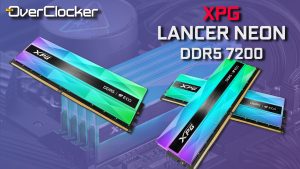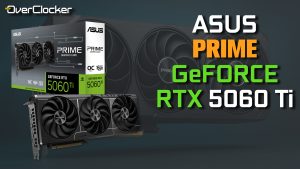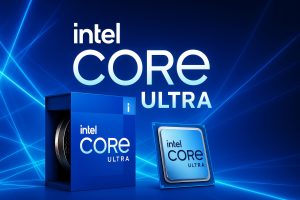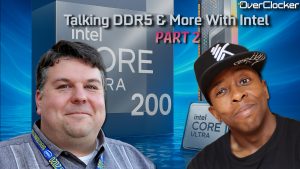ROG STRIX X570-E Gaming Review
Hardware – Power & Optimem III
Power
Power is a pivotal part of motherboards these days with immense resources being poured into designing and implementing power circuitry that is not only efficient but powerful enough to drive the most demanding processors of the generation. This is of particular importance as core counts increase and extreme overclocking of those high core counts requires competent power delivery. As such the X570-E uses the familiar ASP1405 controller in 6+2 configuration. Each of the phases has two power stages and allows the board to deal with current while delivering better transient response than a phase doubled design.
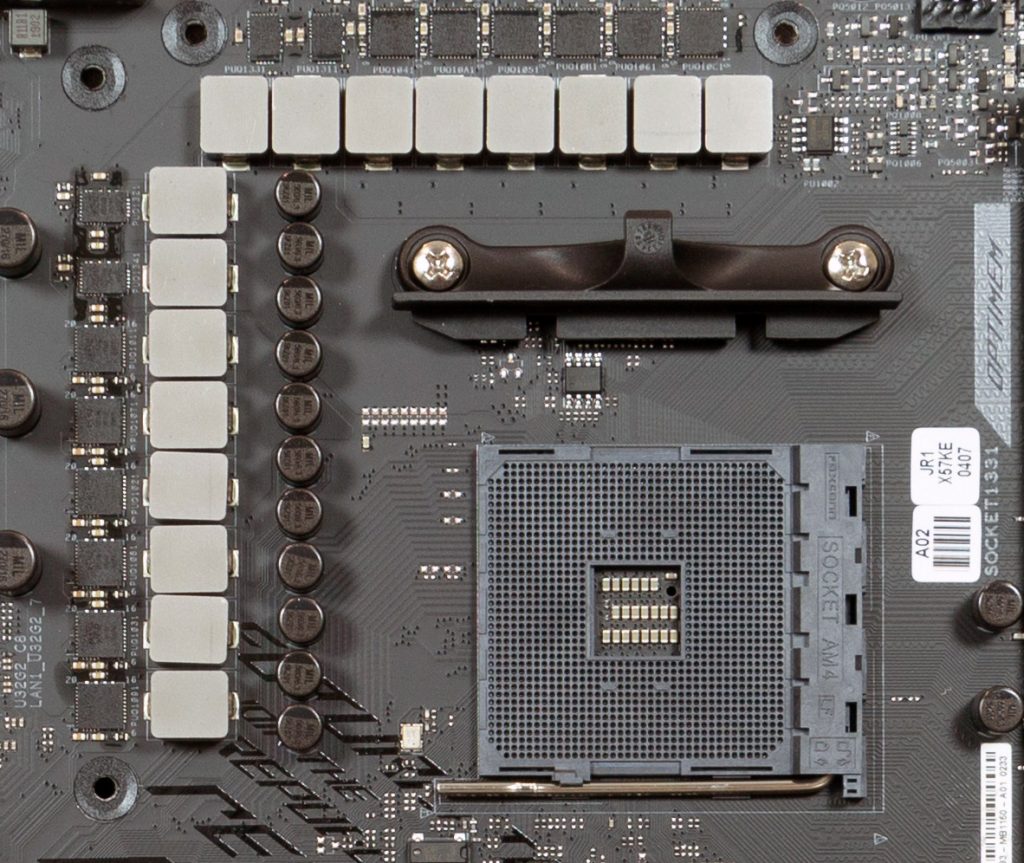
As with the CHVIII Hero, ASUS claims up to 20ns reduction in signal chain processing by using this teamed approach as opposed to using phase doublers. This configuration is also better able to deal with droop which can be as much as 30mV when using phase doublers during load transitions. This can impact CPU stability under load transitions
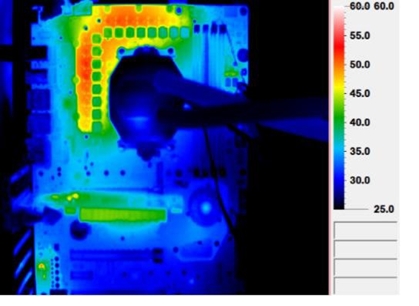
As with the CHVIII Hero, the X570-E has strategically distributed SOC power stages and it fires each Vcore phase in a non-sequential order in order to avoid hotspots. The X570-E also uses differential circuit sensing directly from the CPU, so voltage, current and power draw measurements are pretty accurate and reliable, as they are sourced not from the VRM controller but directly the CPU.
Optimem III

Again just as with the CHVII Hero, the X570-E implements OptiMem III signalling. The claim is thatyy it helps the board reach higher frequencies, tighter timings, and lower voltages compared to boards without the technology. Optimem III according to ASUS can extend DRAM clock margins by up to 400MHz, while helping with lower latencies and operating voltages. Official QVL support for this motherboard pegs the maximum supported frequency as DDR4 4400MT/s


